Eloquence! Eloquence ! Eloquence ! by Daniel Moldoveanu – curation of solo show at GROTTO
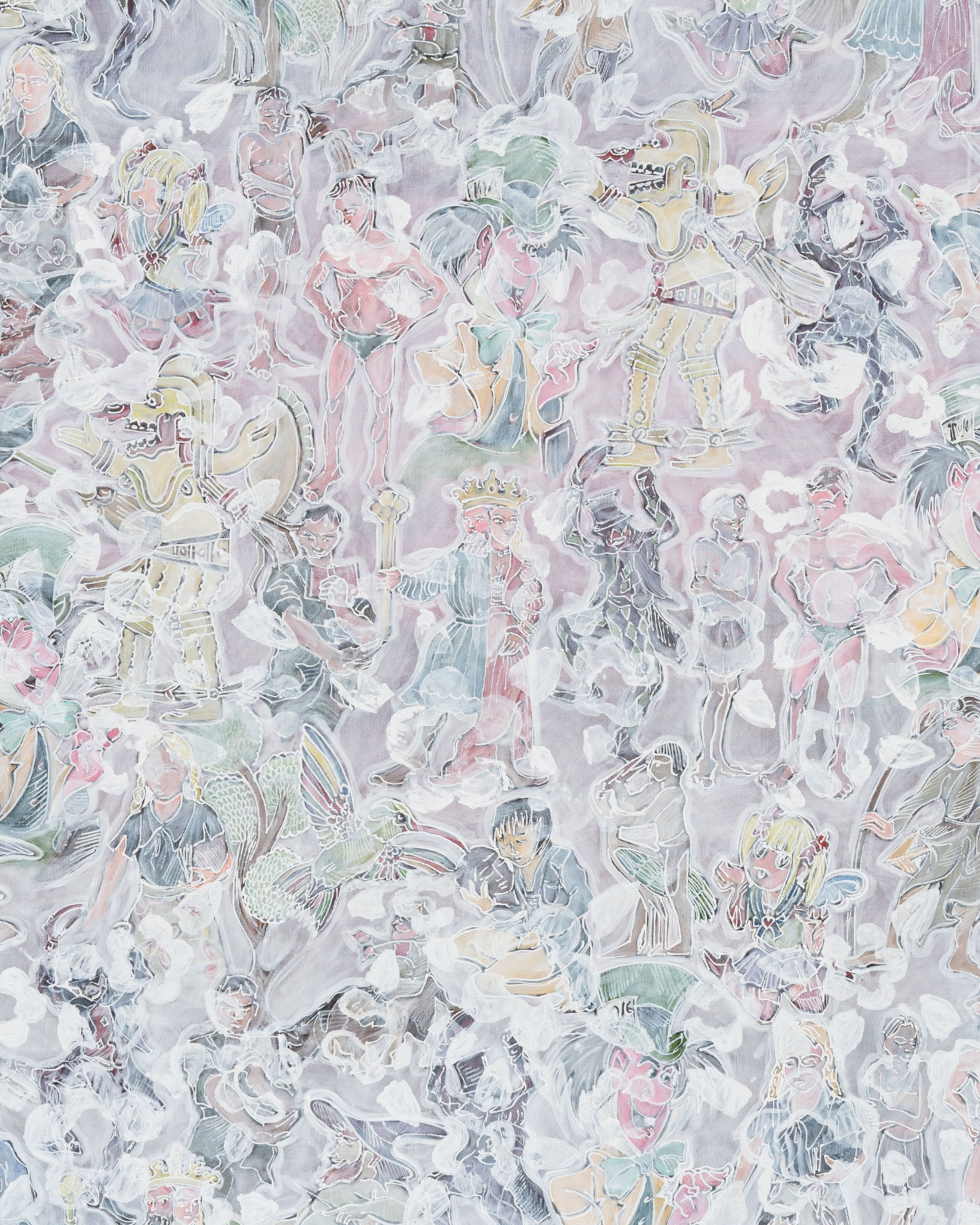
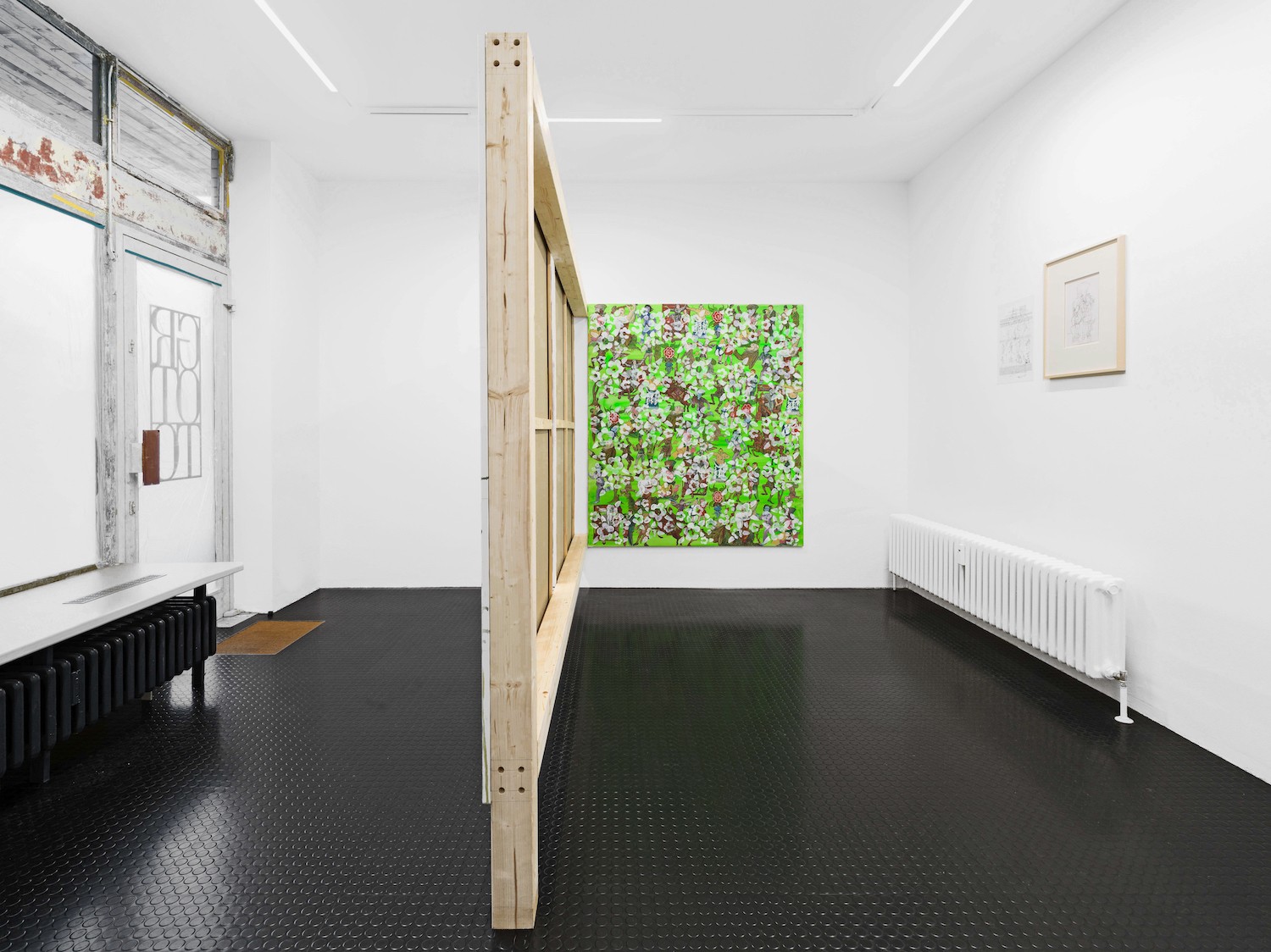
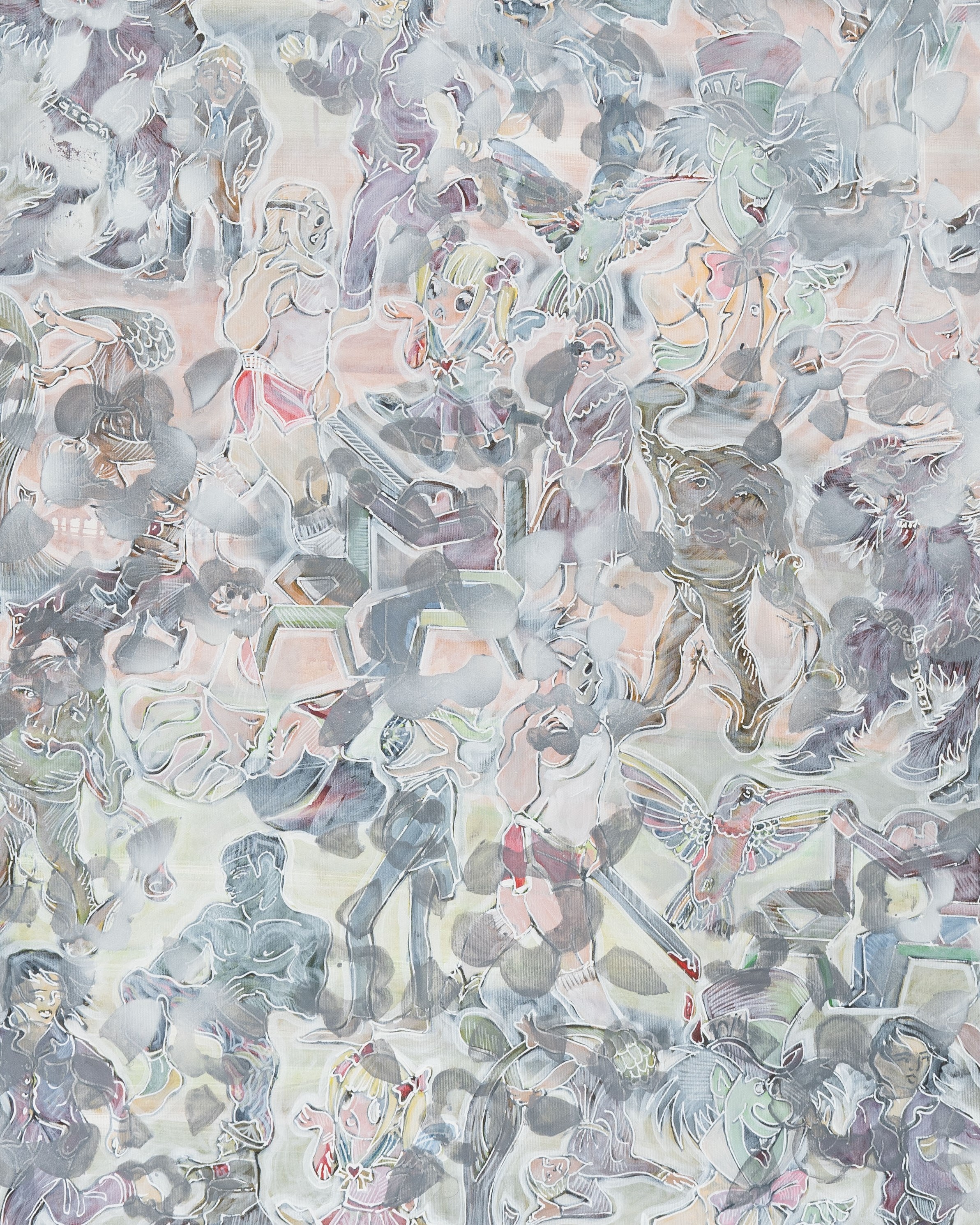
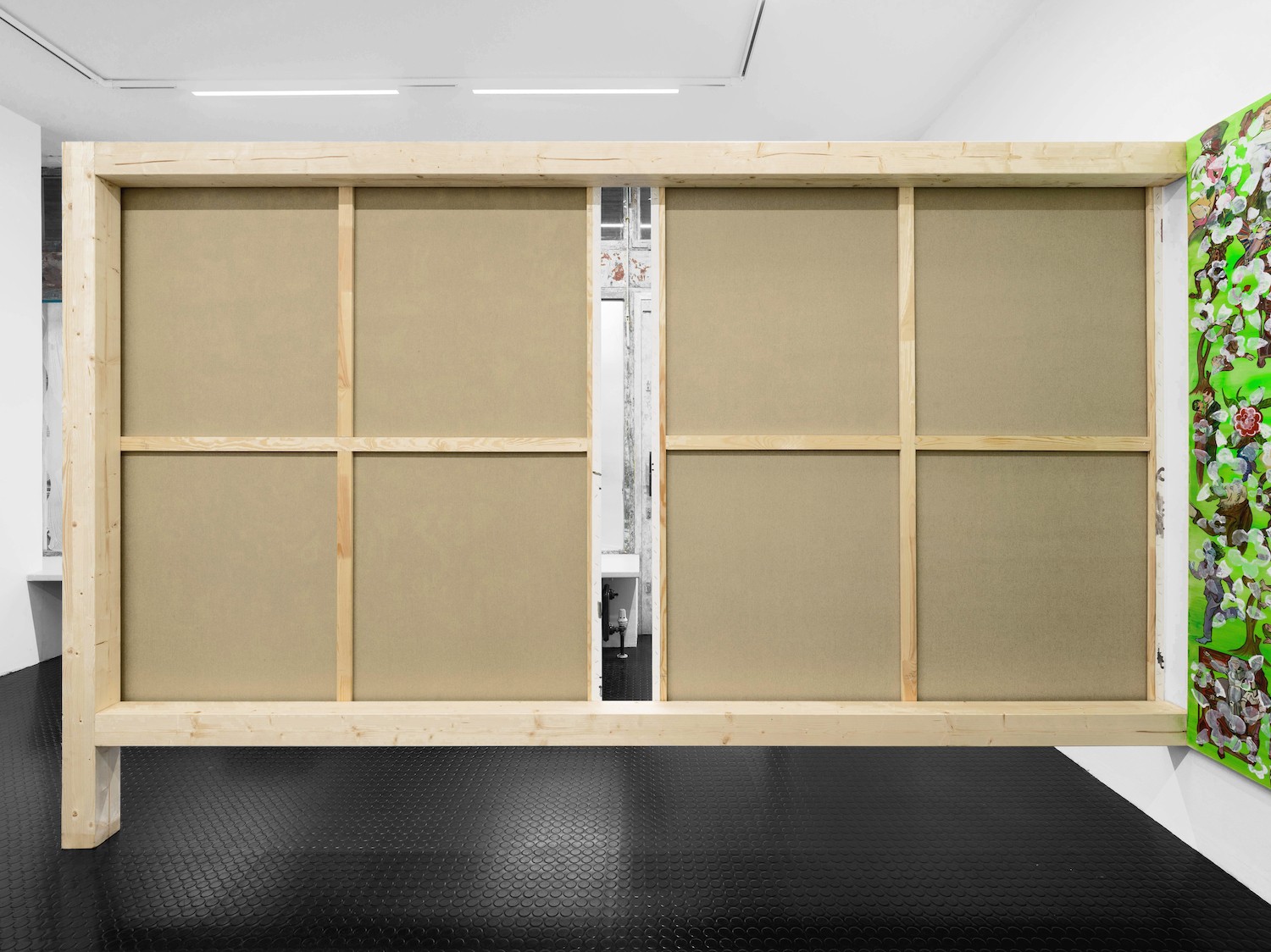
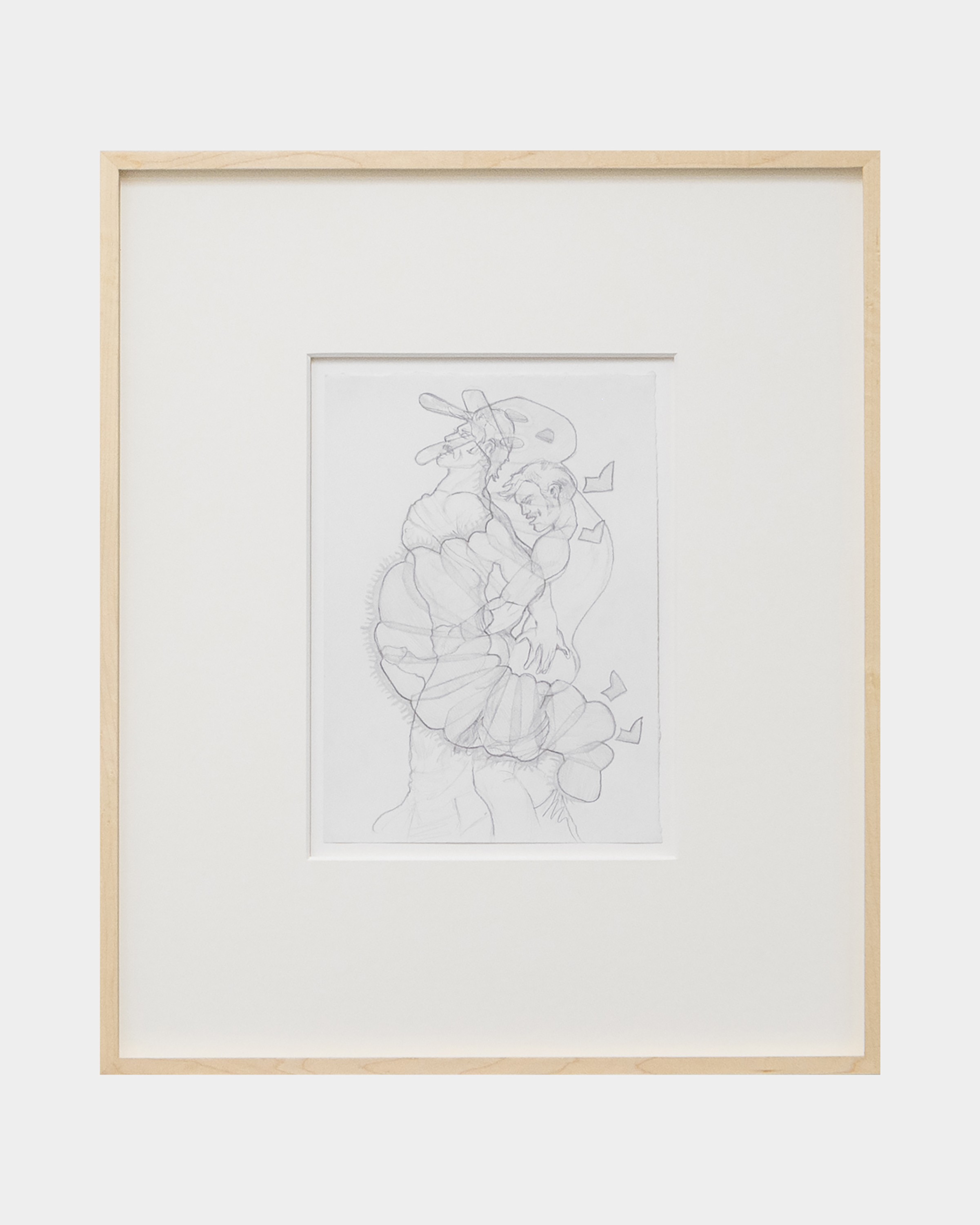
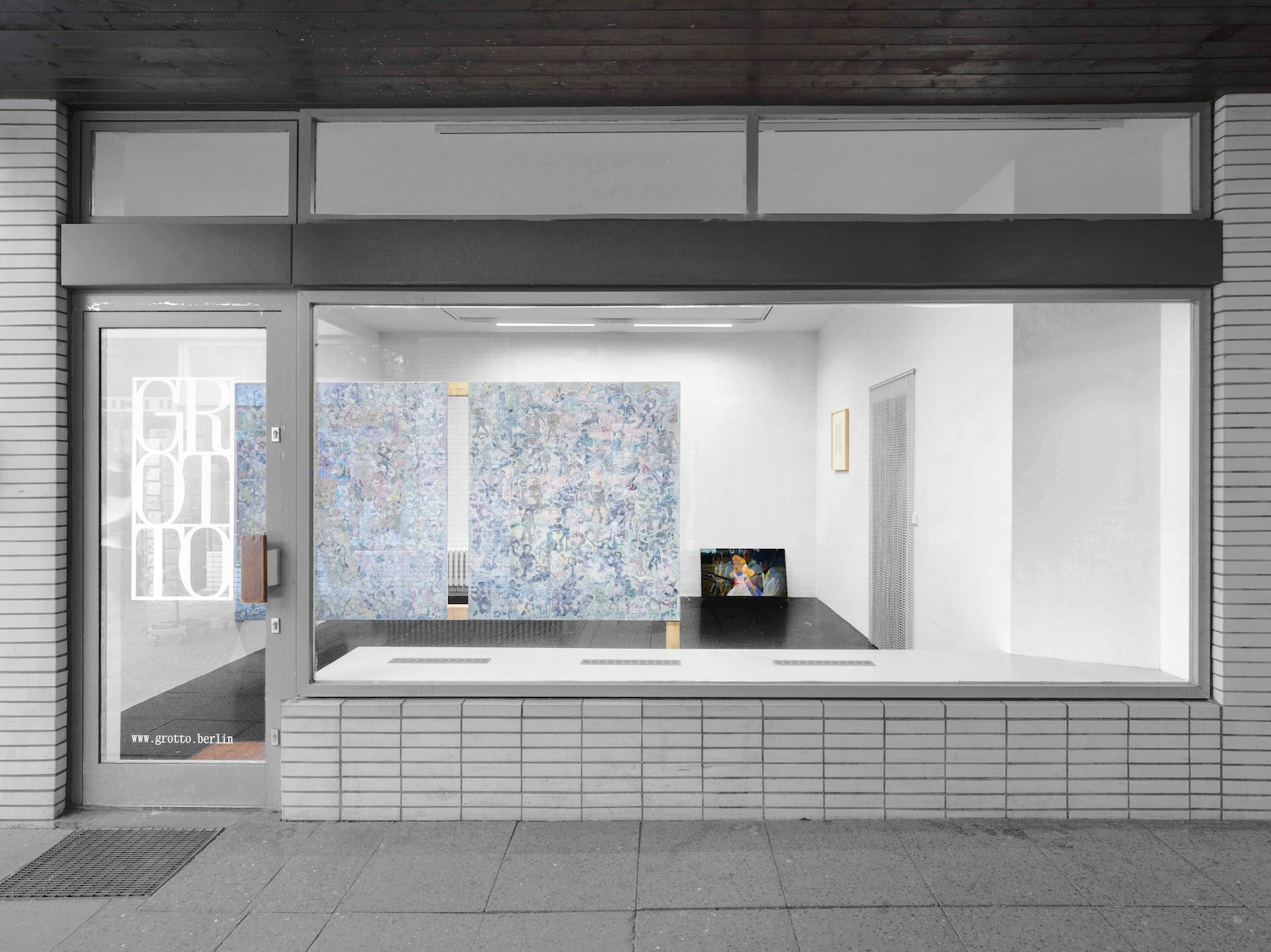
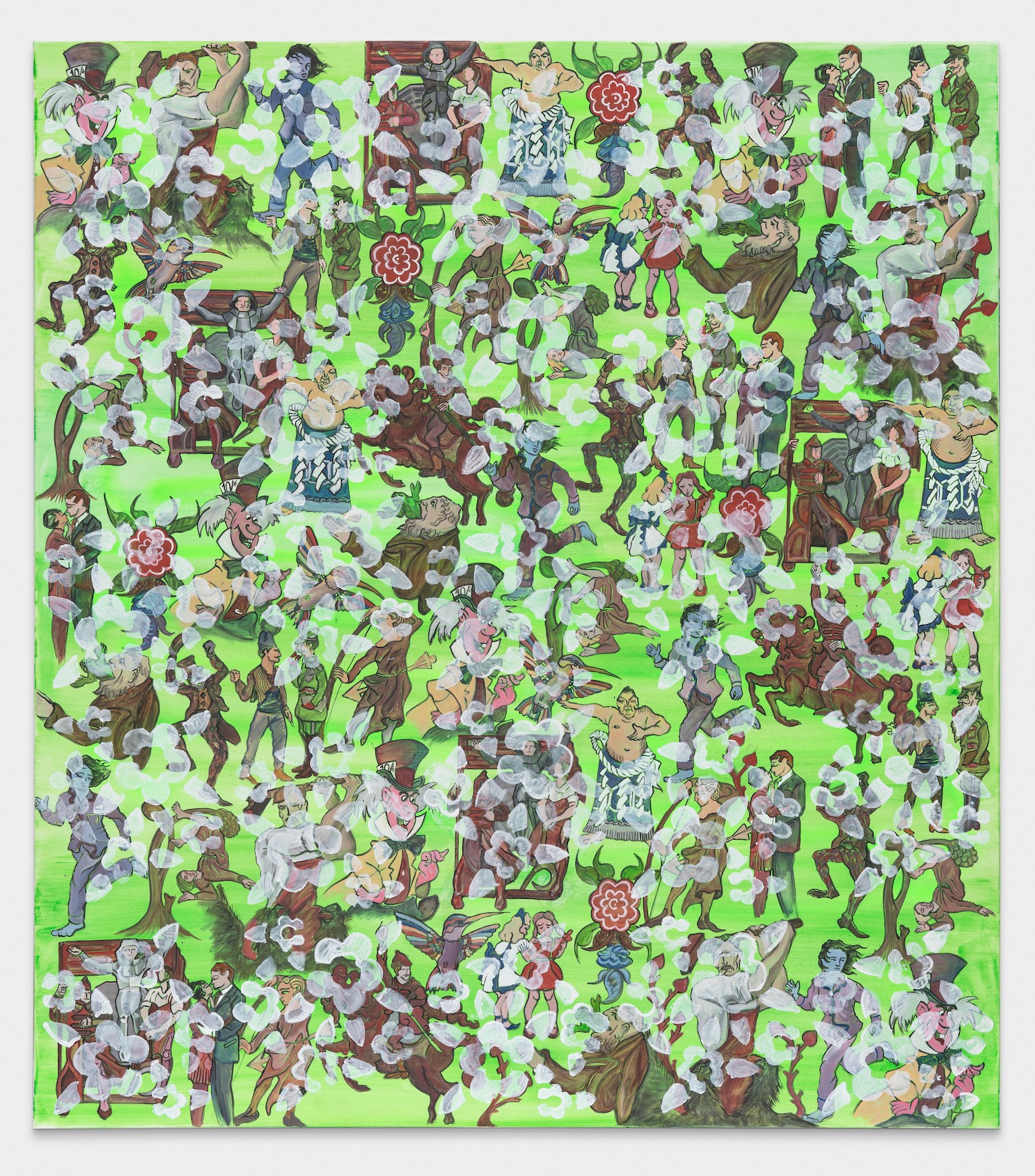
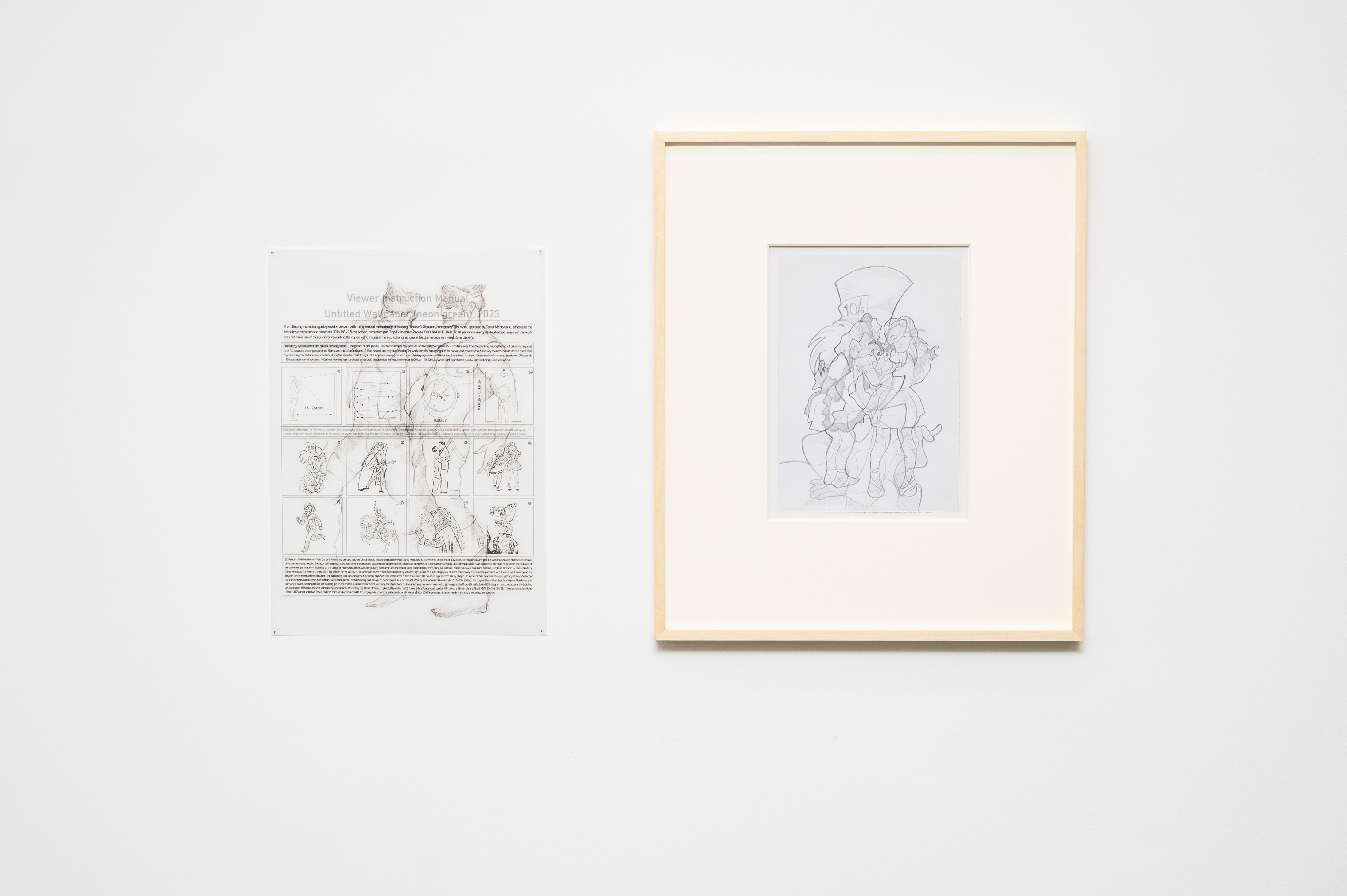
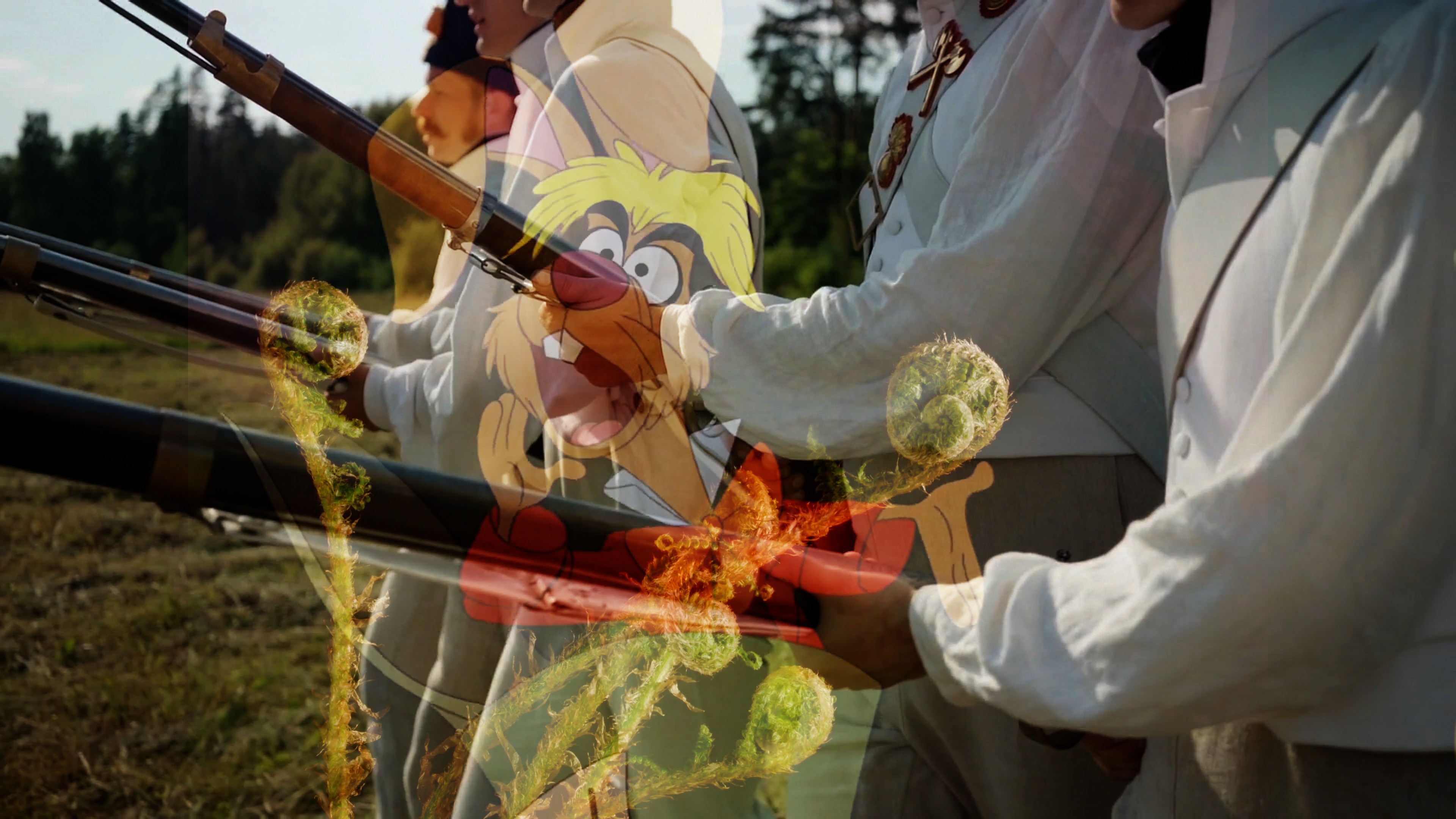
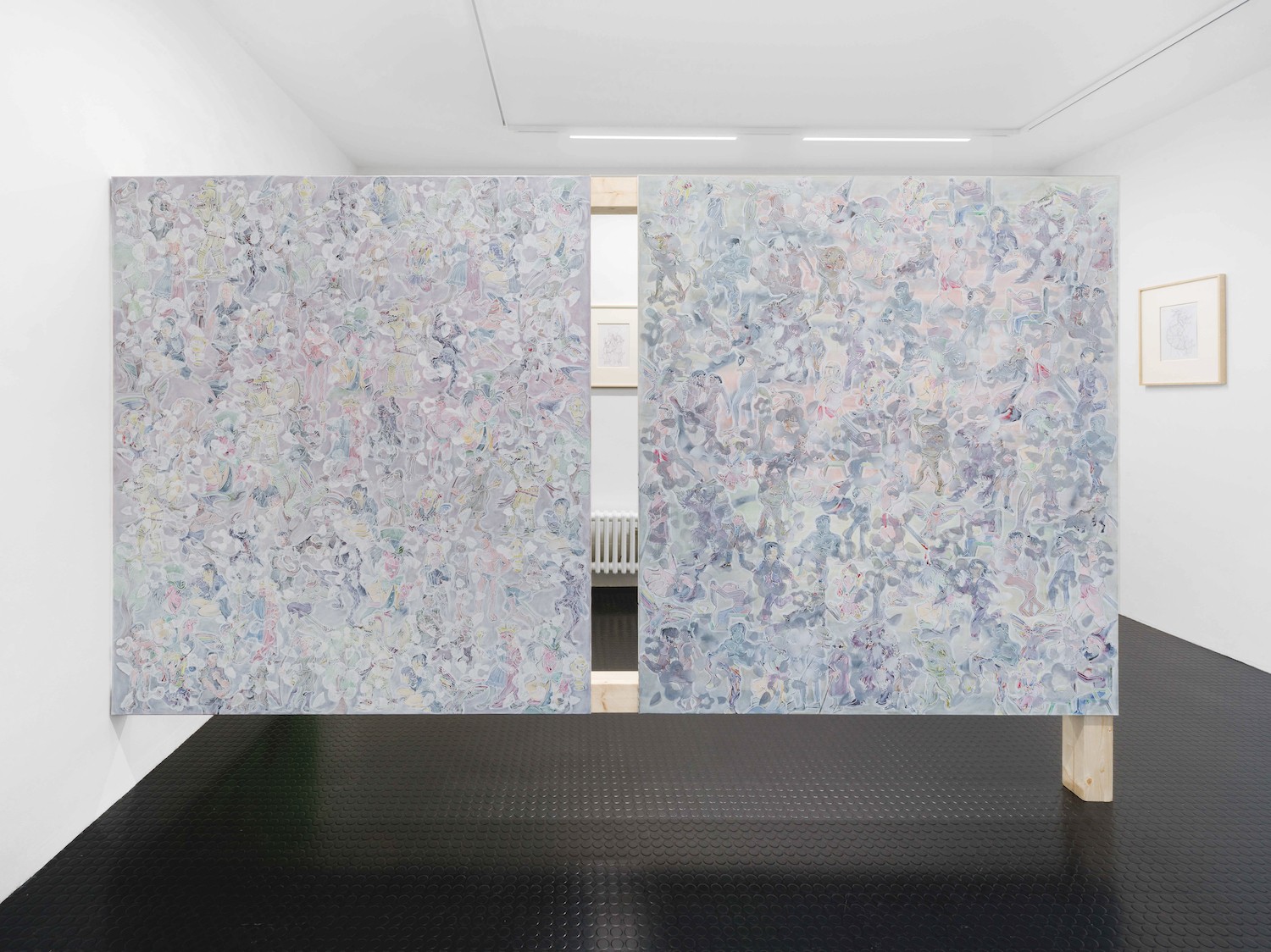
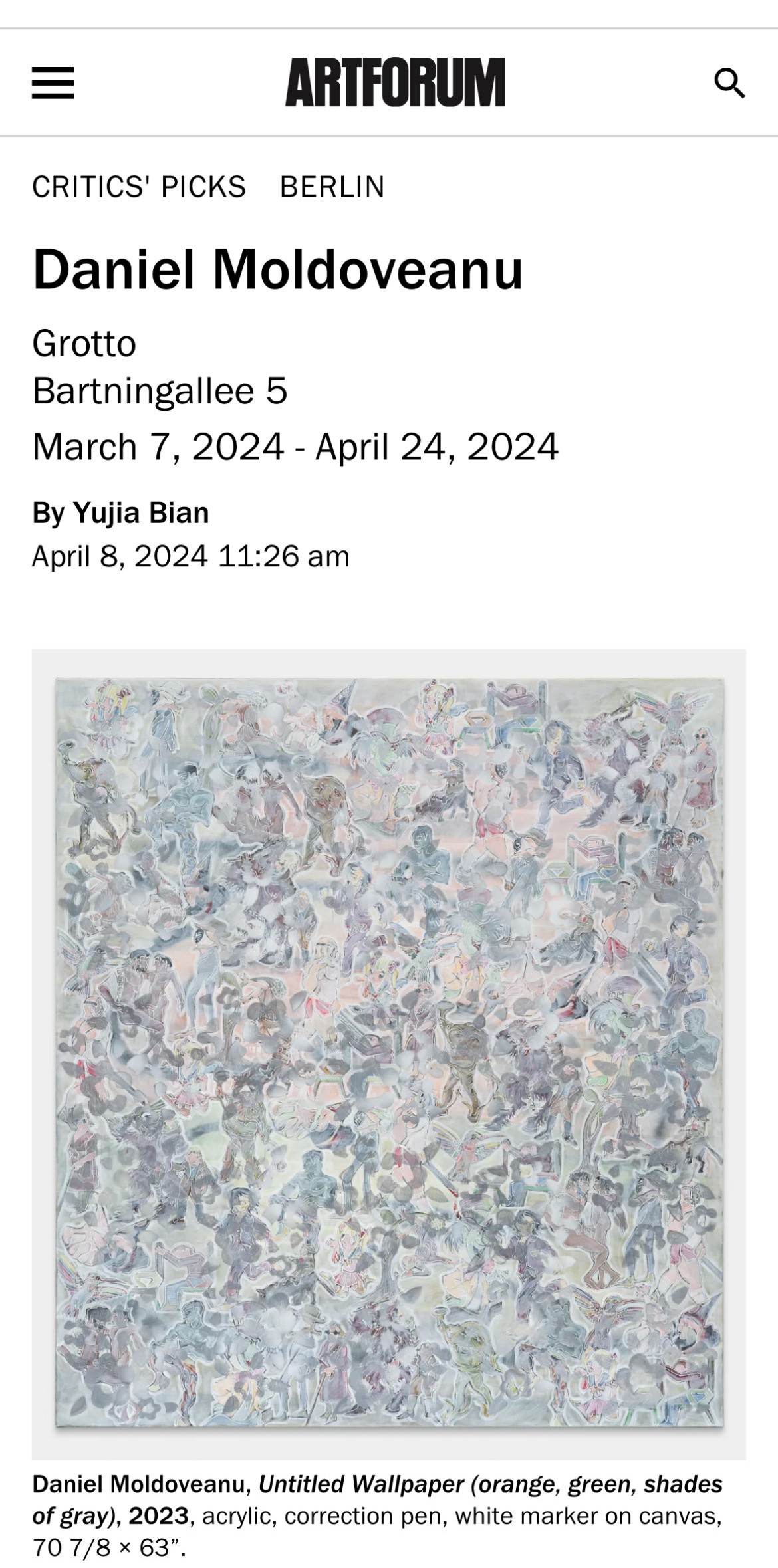
March 7 – April 11 2024 (extended through April 24), solo show Eloquence! Eloquence ! Eloquence ! by Daniel Moldoveanu at GROTTO, Berlin
23 March Tour with Junge Meister:innen
28 March joint tour & artist talk with Akademie der Künste
exhibition views by Roman März
→ Press
ARTFORUM Critics' Picks (by Yujia Bian)
PASSE–AVANT (by Xavier Robles de Medina)
Monopol
Collector's Agenda
Contemporary Art Library
Weltkunst Newsletter, April 4 2024
KUBAPARIS
INDEX Berlin
– EN –
Text by Daniel Moldoveanu
Firstly, I’d like to disclaim that I’m in the dangerous predicament of oversharing, manifest in tantrums of over-explaining my own work, and myself, as though I have to prove to the entire world
and everything in it that both are valid and worth making. Here is my bibliography, here is what happened and everything I thought about it, all you need to do is ask. This mentally embedded preference of mine has catapulted me in a variety of social contexts, most of which collapsed open under the weight of my own recalcitrance; a leniency that recent meme culture assures me could still pertain a certain kind of mystery value, because: “why would she say that?”
Edwin A. Abbott’s novella Flatland was first published in Great Britain in 1884, anonymously, undersigned “A. Square.” Its theological historicization, speculative character, interwoven mathematical conjectures and figurative disclosures of British Vic- torian society have misled much of secondary literature to interpret it as a form of syncretic liturgy (a singular pronouncement of Liberal Catholicism), a work about, not of. At the heart of it lies a dual character. Analytically inquisitive and immediately experimental, here is a timeless treaty of Analogy, not a tale about Analogy, testing concepts while simultaneously pushing the boundaries of their own effect. Some of those concepts, functioning as ‘coordinates’ tasked with mapping out the realm of their author’s negotiation, include: Language, Structure, Imagination, Belief and Factuality, in that order; the final two often finding themselves at distant odds.
In a world of pure figuration, a Square shifts between dream-like apparitions and its perceived reality, traveling to the otherworldly dimensions of Pointland, Lineland, Spaceland and back to Flatland, wherein he and his family preside. As readers, to understand the physical conditions of those dimensions is to imagine the uninhabitable in detail and through language, through the act of reading representation itself. You route boundless enumerations. You waltz with an otherwise intertextual, logical chain of command. You force yourself to understand written space as one that is real; peddling without experiment unsettled probability after unsettled probability, leading
your mind further and further astray. In the synopsis of Flatland’s novella, such fallacies are proven to fail.
Ecclesiastical in idiom and jargon, the quality of cohesion, abused back then under Tractarian poetics as the “Doctrine of Analogy”, falls short of dominating either Fact or Reason in Abbott’s thought. Sure, the book begins with: “I call our world Flatland, not because we call it so, but to make its nature clearer to you, my happy readers, who are privileged to live in Space.” [emphasis my own] - denoting, thereby, that depiction is a form of crystalizing nature prior to it being sensed. But when an intruder from a foreign dimension asks our flat hero to “stretch [his] imagination a little (...) Upwards, and yet not Northwards”, the agency of Analogy doesn’t seem to resist aloft, the Sphere having to physically teleport the Square into Space for the latter to understand what the former means. Thus, sensing precedes understanding, reason trumps imagination, assertion shouldn’t rule out skepticism – and, in a theological humanism such as the one Abbott postulated, neither of this should tarnish the agency of believing in a higher self. The hiccup of Analogy seems to consist in it being a form of flattened representation, seeking to mediate by virtue of sameness that which factually differs. As one is inclined to imagine equivalences, clarity comes at the expense of knowledge, discriminating against the very tradition of observation itself. But I digress, and you may at this point wonder what any of this has to do with my exhibition at Grotto. Similar to Flatland, I like to think that the works in this show are not about something, but of something; of things I’m not afraid to tell.
Daniel Moldoveanu (*1999, Constanța, Romania) is an artist and essayist. He holds a diploma from the Fashion Institute of Vienna, Austria, a BA from the Humboldt Universi- ty, Berlin, and has attended the University of Fine Arts in Berlin, Germany, where he presently lives and works. Recent solo exhibitions include The Whatever Moment, SABOT, Cluj-Napoca, RO (2022-23) and Patternmaking, Suzie Shride, Vienna, AT (2021). Recent group exhibitions include: Zürich Biennale, curated by Mitchell Anderson and Daniel Baumann, Kunsthalle Zürich, Zürich, CH (2023); UdK Rundgang, University of Fine Art, Berlin, DE (2023); Queer Body Against, curated by Victoria Dejaco, Kunstsalon im Fluc, Vienna, AT (2020); Hindrance to Modern Speed, Sehsaal, Vienna, AT (2018). His essays, reviews and opinion pieces have appeared in Spike Art Magazine, 032c, Arts of the Work- ing Class, Sleek Magazine, POP-Kultur & Kritik, Nuda Paper and others. He is represented by SABOT in Cluj-Napoca, Romania.
with the kind support of Kemmler Foundation (Kemmler Kemmler GmbH)